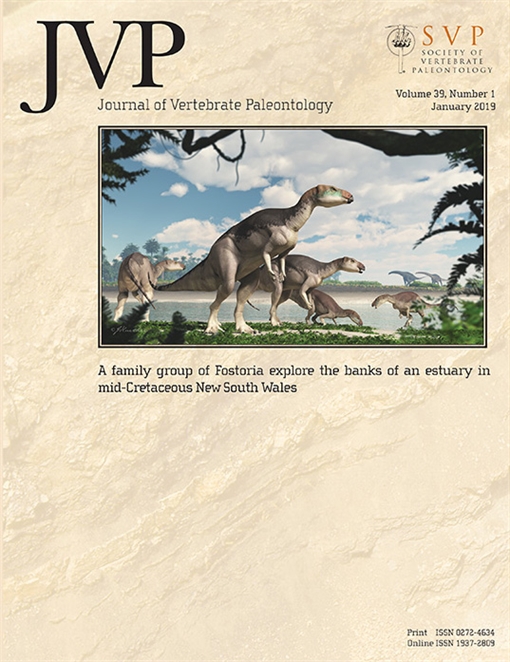Hyainailourine hyaenodonts are among the largest terrestrial carnivorous mammals known. The clade is widely dispersed, found in Eurasia, North America, and Afro-Arabia in the Paleogene and early Neogene. In this study, we describe dental and postcranial material from Simbakubwa kutokaafrika, gen. et sp. nov., the most complete hyainailourine known from sub-Saharan Africa. The material is from a relatively young adult from the early Miocene locality of Meswa Bridge, Kenya. Simbakubwa differs from Hyainailouros in exhibiting lingually oriented molar protocones, gracile metastyles, and buccolingually compressed, shearing canines. Like other large Miocene hyainailourines, Simbakubwa has deep carnassial notches on the molars and tall paracones fused to shorter metacones forming single piercing cusps. A Bayesian phylogenetic analysis recovers Simbakubwa as the sister taxon of a clade of large-bodied Miocene hyainailourines that includes Hyainailouros and Megistotherium. Bayesian ancestral state reconstruction supports an Afro-Arabian origin for Hyainailourinae with subsequent dispersal to Eurasia during the early Miocene. Regression analysis based on carnassial size is applied to Simbakubwa and closely related hyainailourines, recovering a body mass up to 1,500 kg for the new taxon. The evolution and extinction of Hyainailourinae offers important insights for interpreting ecological transitions from Paleogene to Neogene faunas in Afro-Arabia and Eurasia.
How to translate text using browser tools
22 August 2019
Simbakubwa kutokaafrika, gen. et sp. nov. (Hyainailourinae, Hyaenodonta, ‘Creodonta,’ Mammalia), a Gigantic Carnivore from the Earliest Miocene of Kenya
Matthew R. Borths,
Nancy J. Stevens
ACCESS THE FULL ARTICLE






